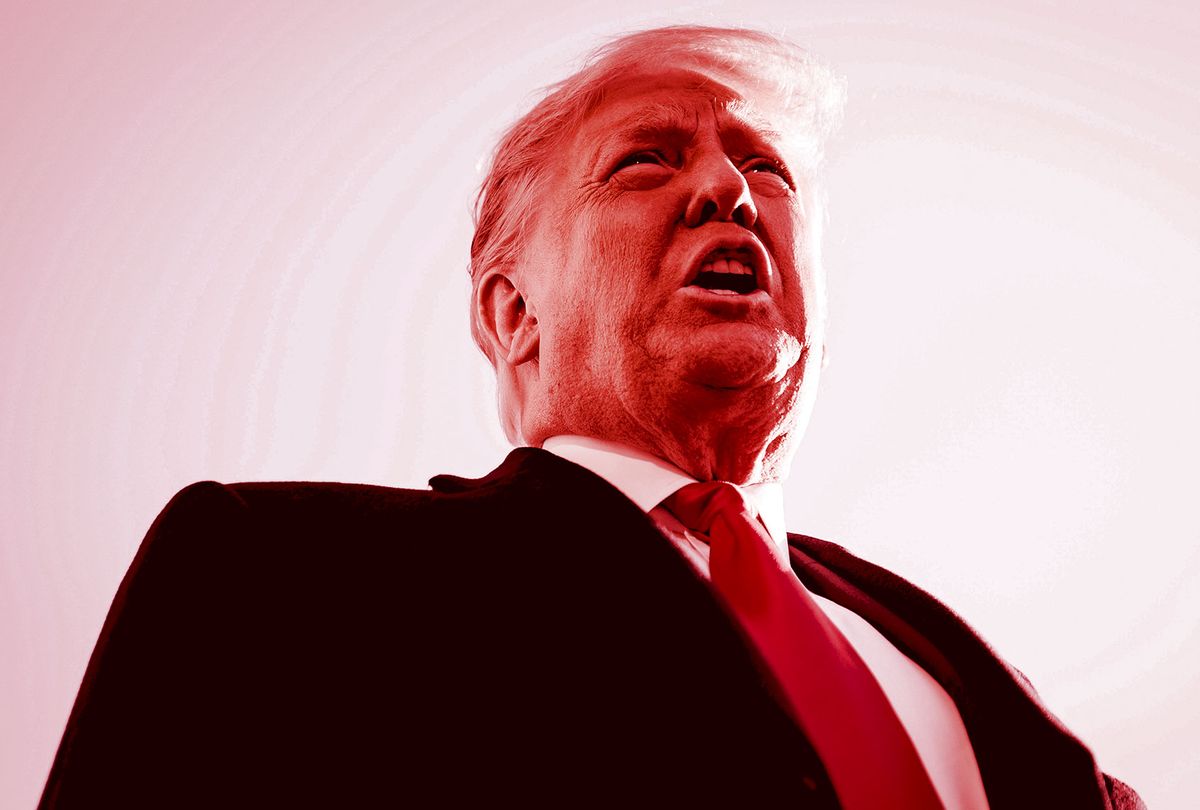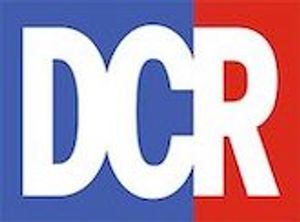For the first time, we have a reliable measure of just how deeply Donald Trump's plan to strip federal executives of civil service protection and make them personally accountable to him would have reached.
Trump would have made more than 84,000 federal executives subject to firing on his whim. That's about 4% of the civilian government workforce and most of its top leadership, according to internal government documents obtained by DCReport.
Gutting the civil service system would have been a vast expansion of presidential patronage from the roughly 4,000 appointments each president is entitled to make to 21 times that many appointees. About 1,000 of those political appointees hold positions with significant authority.
Trump's beleaguered Environmental Protection Agency crunched the numbers for its top staff and concluded it could strip civil service protections for 579, or almost 4% of the agency's 14,915 employees. If that share of employees applied to the nearly 2.2 million federal civilian employees, it would have made more than 84,000 workers would have been vulnerable to being fired if they refused Trump's demands.
At the General Services Administration, the independent agency that supports the basic functions of other federal agencies, 449 of its 11,569 employees could have been subject to being fired on a whim if the GSA put the same percentage of its employees at risk that the EPA did. As with EPA, that's about 4% of the agency workforce.
DCReport obtained the EPA document as part of a Freedom of Information Act request seeking records about compliance with Trump's executive order 13957. EPA sought to narrow the request and also suggested looking at an FOIA request filed by E&E News reporter Kevin Bogardus.
No Evidence
Without citing any evidence, Trump asserted that sloth was widespread among top civil service managers. Removing federal executives who "cannot or will not meet required performance standards is important, and it is particularly important with regard to employees in confidential, policy-determining, policy-making, or policy-advocating positions" is difficult.
Trump said that unnamed "senior agency officials report that poor performance by career employees in policy-relevant positions has resulted in long delays and substandard-quality work for important agency projects, such as drafting and issuing regulations."
Trump was slow to recognize the problem, if there was one. He didn't sign the executive order until October. President Joe Biden rescinded that order just days after being sworn in.
Trump adviser Steve Bannon called for "deconstruction of the administrative state"—in plain language, wrecking our government—shortly after Trump was sworn in.
Amazing Remark
Once Trump assumed office four years ago, he began acting as if he was the sole source of government power. On Fox News in 2017, in full dictatorial mode, Trump announced that he had "instructed Congress" on what it was to do. It was an amazing remark since Congress is an equal branch of government, the one that makes the laws that the president is supposed to carry out. His comment was almost universally ignored by other news organizations so only Fox viewers knew about it.
Trump's order would have created a Schedule F job classification for employees in "confidential, policy-determining, policy-making, or policy-advocating" positions. The civil service system has existed in our country since 1883 when the Pendleton Act, signed by President Chester Arthur, made it unlawful to fire or demote employees for political reasons who were covered by the law.
Trump's Office of Management and Budget recommended that 88% of its staff, or 425 positions, be converted to Schedule F. Trump also could have used this order to hire political appointees who could stay on and then seek to disrupt the Biden administration.




Shares